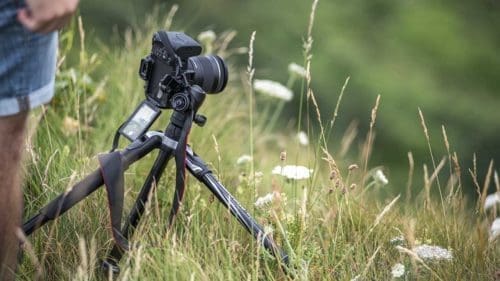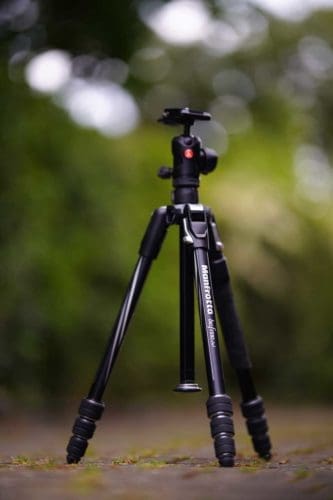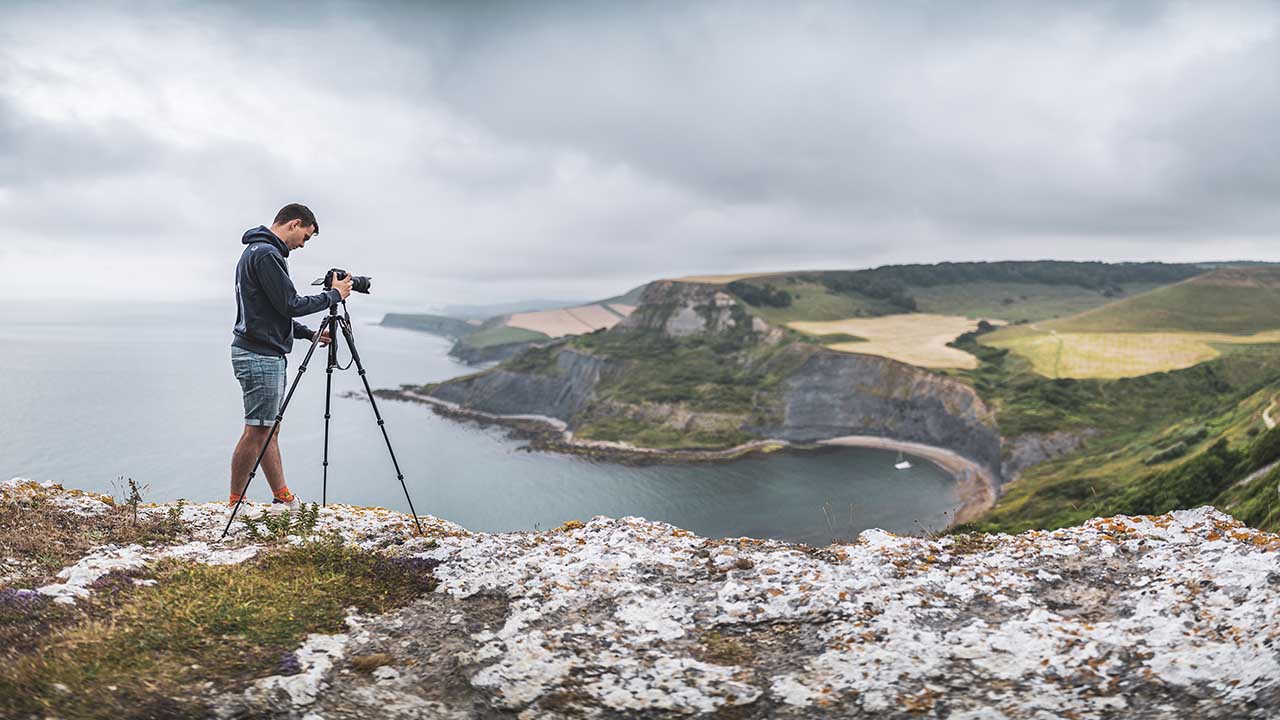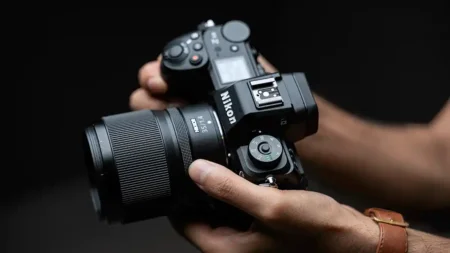Snap verdict
In a highly saturated market, it’s the little differences that make a product stand out. On paper, the 2N1 would make an ideal tripod for travelling with, unfortunately for Manfrotto the 2N1 offers nothing new over the competition and if anything, actually offers less and is very expensive compared to others on the market.
Overview
In the world of photography, Manfrotto is one of the biggest names in the industry, renowned for making high-quality accessories, especially tripods! Manfrotto has recently added some new options to their already vast tripod line-up.

As the market increases with small, lightweight cameras, we’re being overrun with a plethora of travel tripods. With this in mind, the 2N1 has been designed to offer the flexibility of a tripod and a monopod, yet be light and compact at the same time. Let’s take a look to see if this could be a viable option for you.
Features
This particular model features a four-section aluminium leg design, with twist style locks. It can be raised to a maximum height of 150cm and go down to 40cm.
Manfrotto’s 494 ball head is included in the price, weighing in a total of 1.56kg and can hold a respectable 8kg. The big selling point for this tripod is that it can be converted into a monopod.
By removing the centre column and the dedicated leg, these can then screw into each other to form a monopod. This can only hold up to 5kg, has a maximum height of 156cm and weighs in at 0.7kg. One missing feature that was noticed, is the lack of a bubble level, something quite important to most landscape photographers.
The Manfrotto Befree advanced 2N1 Aluminium twist-lock is priced at £199.95. For more information on its specifications visit Manfrotto’s website.
Build & Handling
This is where I feel it all falls apart. I know travel tripods are designed to be small and light, so need to sacrifice rigidity but the 2N1 feels far too flimsy.
When you consider the price tag of nearly £200, plus the big brand name, it really should be far better built! The aluminium legs seem to flex too much, especially when extended and the small twist locks don’t do their job all too well. The ball head on the other hand, although small, is rather good and seems quite strong with smooth movements.
Performance
 To get a good feel for the tripod, I took it out on several shoots, mainly landscapes around the Dorset coast or street shooting in Poole and Bournemouth.
To get a good feel for the tripod, I took it out on several shoots, mainly landscapes around the Dorset coast or street shooting in Poole and Bournemouth.
Shooting long exposures in the town were fine as I was on flat land, however, when it came to more rugged terrain, I sometimes struggled to make it secure due to the rather odd angles needed for the legs.
Carrying it around was a joy and it is easily portable, especially when the two main tripods I own are big beasts (3.6kg and 5.2kg!).
My current landscape setup consists of a Sony A7r3, Laowa 15mm f/2 and Haida M10 holder plus Red Diamond filters. This isn’t a particularly heavy setup, yet the legs would wobble and couldn’t handle much impact from incoming waves or wind.
In its defence, this is an issue seen quite often with thin-legged tripods. When trying to get down low, the centre column is very obtrusive and there doesn’t seem to be a way to move it out the way. Personally, I have no need to ever use a monopod but gave it ago.
Converting it is not a speedy process and took several attempts figuring it all out.
Verdict
Small and light, two very appealing features in a travel tripod, but is this enough? A good tripod is an essential part of any photographers’ kit and don’t get me wrong, the 2N1 is a good tripod which will do the job for most, however, I just can’t help feel there are better options out there for less money.
If you require something lightweight, sacrifices will be made to the overall rigidity, so bear that in mind. If you are seriously considering a travel tripod, do some research on other brands and what they offer, as there are some serious contenders out there which have the 2N1 beaten.



